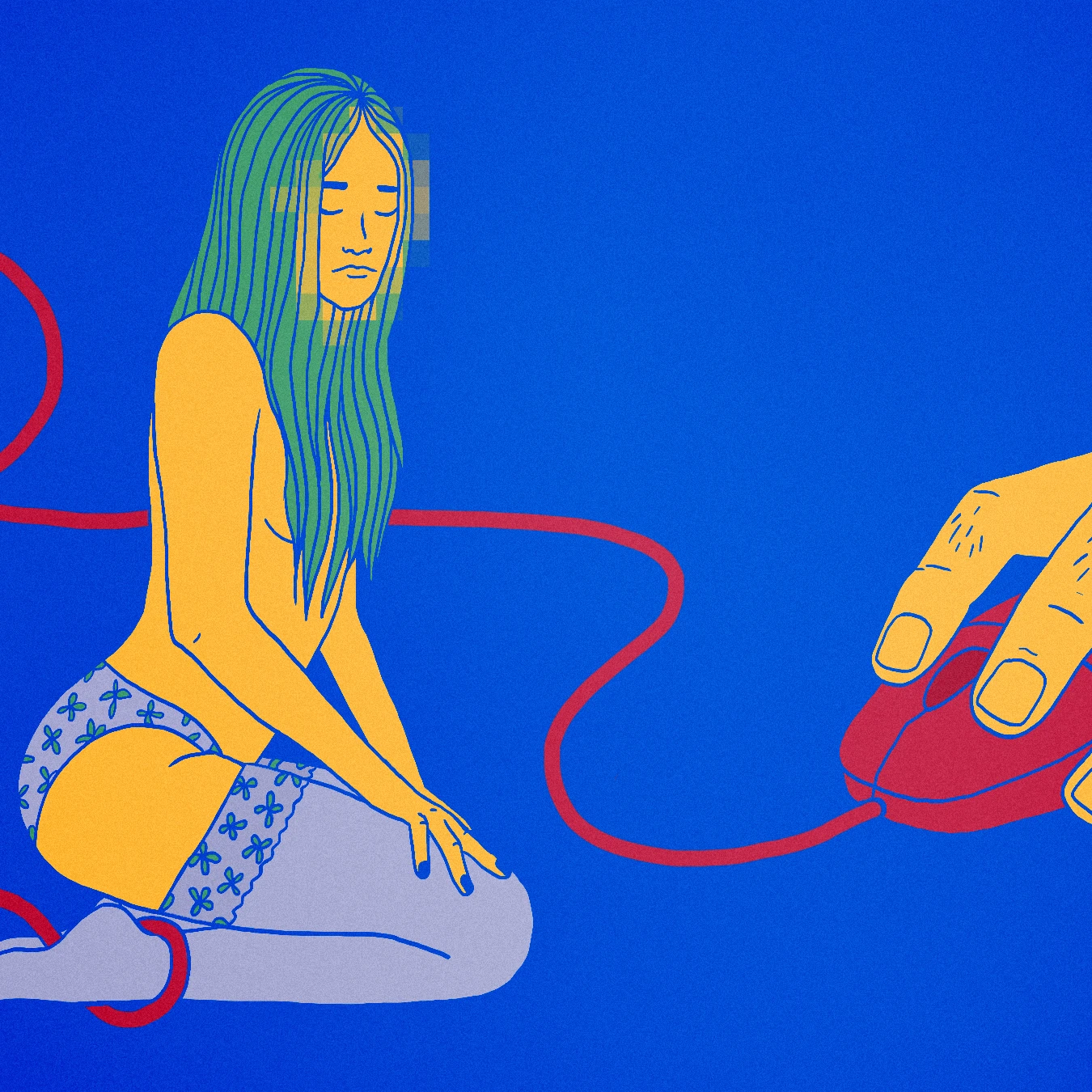[ad_1]
A young woman gets a tweet from a friend saying, ‘When did you start posing for porn sites?‘ Troubled, the woman goes to a site her friend referenced and sees her head on a body that is not hers, taking part in sexual behavior with several men.The woman is shocked, because she has never engaged in such behavior.
But the scene seems troublingly real, and that is undoubtedly her face in the scene. The Washington Post notes, “Airbrushing and Photoshop long ago opened photos to easy manipulation. Now, videos are becoming just as vulnerable to fakes that look deceptively real. Supercharged by powerful and widely available artificial-intelligence software developed by Google, these lifelike “deepfake” videos have quickly multiplied across the Internet, blurring the line between truth and lie.’
But the videos have also been weaponized disproportionately against women, representing a new and degrading means of humiliation, harassment and abuse. The fakes are explicitly detailed, posted on popular porn sites and increasingly challenging to detect.
The technology is growing by leaps and bounds. In 2019, trolls slowed down a video of House Speaker Nancy Pelosi, making her seem drunk and slurring her words. The new fakes are far more sophisticated. The first question you might ask might be, Isn’t there a law against this? Well, the answer is no. Deepfakes being so new, they are embroiled in a quagmire of legal issues. “80% have no idea what a deepfake is,” reports Technology Review.
Today there are few legal options for victims of nonconsensual deepfake porn. In the US, 46 states have some ban on revenge porn, but only Virginia’s and California’s include faked and deepfaked media. In the UK, revenge porn is banned, but the law doesn’t encompass anything that’s been [created by using AI technology to produce fake images.]” Beyond that, no other country bans fake nonconsensual porn at a national level,” says Karolina Mania, a legal scholar who has written about the issue.
Back in the 1980s the sleazy magazine Hustler had the brilliant idea of creating a section that featured nude pictures of its female readers. However, as it turned out, some of those pictures were not consensual and generated a number of lawsuits under privacy rules. Fast forward to the legal picture in 2022, which is much more complex.
We have been tracking the harassment of women via the Internet for a number of years. Sometimes the problem is a rejected man who wants to punish either an ex-girlfriend, or a woman who did not find his advances at all thrilling (Revenge porn). Often the intention is to drive women out of public spaces, such as coordinated attacks on female journalists. The Southern Poverty Law Center reports that the internet is “peopled with hundreds of websites, blogs and forums dedicated to savaging feminists, in particular, and women, very typically American women, in general…they are almost all thick with misogynistic attacks that can be astounding for the guttural hatred they express.”
A majority 73% of women journalists who took part in a survey run by UNESC0 and the International Center for Journalists report they experience online threats for doing their work. The group noted, “In particular, we need to be very cautious about suggesting that women journalists need to build resilience or “grow a thicker skin” in order to survive this work-related threat to their safety. They’re being attacked for daring to speak. For daring to report. For doing their jobs. The onus shouldn’t be on women journalists to “just put up with it” any more than we would suggest that physical sexual harassment or sexual assault are acceptable career risks for women, or risks which they should take responsibility for preventing.
In 2014 organized attacks on women in the video gaming industry, dubbed #Gamergate, began to appear with great frequency. Female game developers and female critics of the industry were sent graphic threats of rape and death. Feminist critic Anita Sarkeesian received such threats from men who resented the fact that she was challenging stereotypes of women in video games. She had to leave her home and cancel a speech in Utah. Bomb threats for her public talks became regular events. Robert Evans, a journalist who covers extremism, told Vox, “Part of why Gamergate happened in the first place was because you had these people online preaching to these groups of disaffected young men,” he said. “But what Gamergate had that those previous movements didn’t was an organized strategy, made public, cloaking itself as a political movement with a flimsy philosophical stance, its goals and targets amplified by the power of Twitter and a hashtag. The Gamergate movement merged into the larger alt-right sphere of online extremist culture that emerged in the middle of the decade, spreading hate speech throughout social media and setting the stage for the alt-right to influence the 2016 election.”
The group presented itself in a jokey, ironic, we-are-just-all-boys-having-fun-no-big-deal manner, which led many to mistake its deadly serious anti-woman mission. Could deep fakes follow this path? Many online fakes now are presented as entertainment, such as a fake Tom Cruise, joking with a fake Robert Downey Jr. But the whole issue is getting more serious. Elon Musk, who markets the Tesla automobile, is now planning to buy Twitter. He says the site will now be all about free speech, and that he will invite Donald Trump back on Twitter. This could mean that the widely used platform could become a haven for misogyny and hate speech.
That would indeed be very dangerous news for women.
About the authors: Dr. Rosalind C. Barnett is a senior scholar at Wellesley College and Caryl Rivers is a professor of Journalism at Boston University. They are the authors of The New Soft War on Women. (Tarcher/ Penguin.)
[ad_2]












